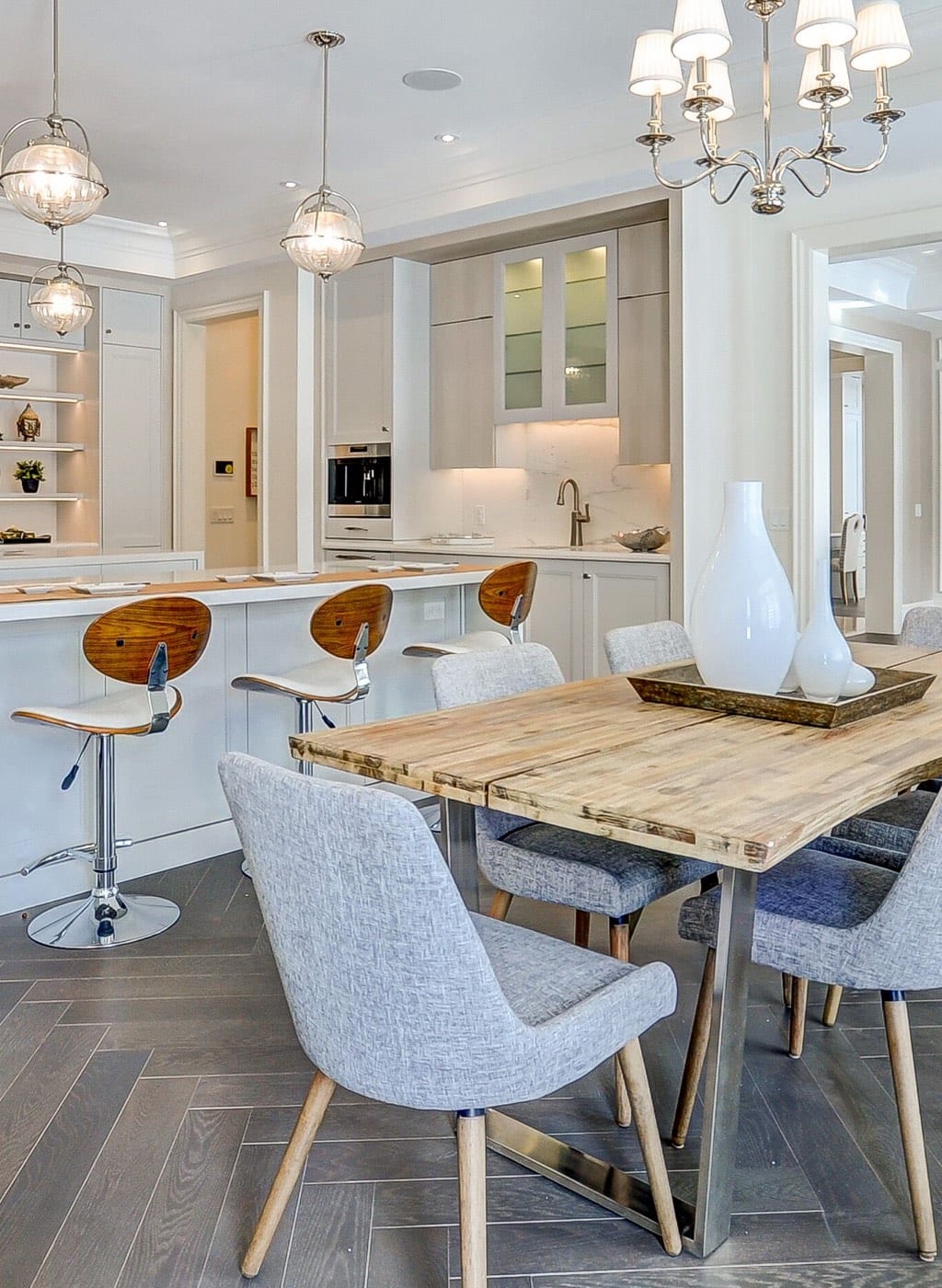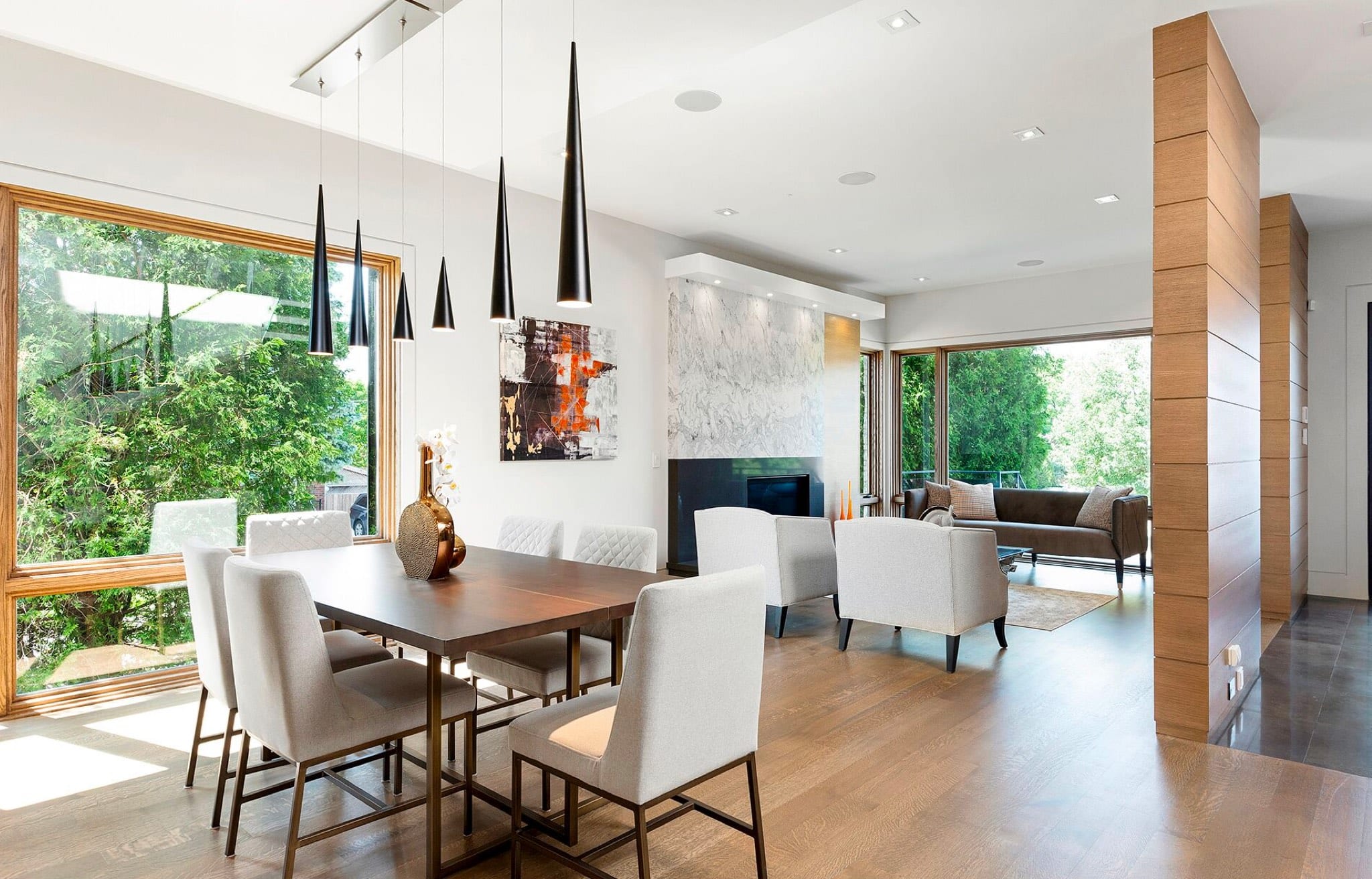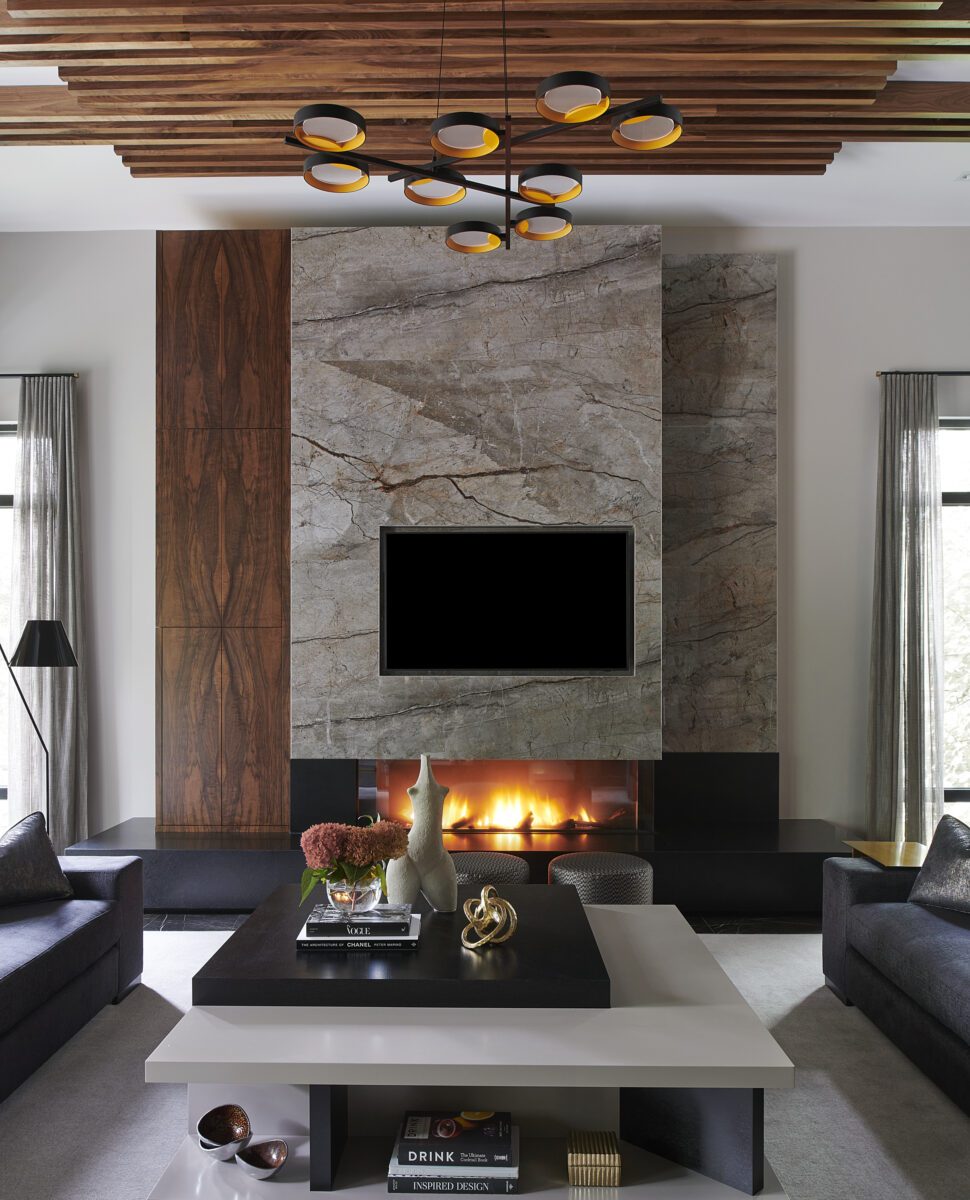
With new interior design trends reflecting the joys of a calm yet elevated modern life, It’s no wonder that there has been an increase in industrial-style home designs lately. Many people are looking to achieve the appropriate balance of contrasts: industrial style décor combines sleek modernism and Old-World charm with an organic, lived-in atmosphere. But what exactly does industrial-style interior design imply? And, when it comes to creating industrial-style houses, how can you make the appearance work for you without making it appear overbearing?
When most people think of industrial style, they imagine lofts with huge black metal windows, untreated raw wood, and exposed bricks. On the contrary, this design for a modern lifestyle is not limited to metropolitan surroundings. So, what makes the industrial interior design feel so relevant now, and how can you pull it off confidently?
Today we are putting a spotlight on Industrial Design in home décor, including its history and many characteristics.
What Is the Definition of Industrial Interior Design?
The industrial house design style emphasizes exposed architectural components such as pipes, brick, and concrete, as well as a minimalist design philosophy, and is inspired by repurposed factories from the Industrial Revolution. Edison light bulbs, open floor designs, and a cold, neutral colour palette are all interior design style features.
While the design is centred on open, minimalist spaces, the combination of diverse rustic materials in furniture and lighting elements allows homeowners to incorporate industrial interior design into any living area. Contemporary houses, in particular, combine a mix of industrial, mid-century modern, and farmhouse designs to create a warm mixture in living rooms, dining rooms, and other areas of the home.
An Overview of Industrial Interior Design’s History
While considered a modern style, industrial-style interiors have origins in the Industrial Revolution. The core of industrial design is the creation of massive factories capable of enormous housing machinery and a large number of personnel.
The first Industrial Revolution began in the 1760s, marking the commencement of mass manufacturing in metropolitan Europe and the United States. Factories were the birthplace of industrial architecture, with huge, grid-paned windows that let in plenty of natural light and fresh air, lofted floors, open spaces, and exposed brick walls. Many of these characteristics were designed to keep people safe. For example, the customary plaster covering brick walls was a fire hazard, giving rise to the exposed brick design.
The second Industrial Revolution, which began in the 1870s, resulted in bigger factories as enterprises combined activities under one roof. Stronger building materials, such as concrete and steel, were necessary for these buildings, which were nonetheless left uncovered. In 1879, Edison created the first light bulbs, which became a staple of industrial illumination. This era also influenced the steampunk genre and aesthetic.
But, while historic factories had been around for about 250 years, the industrial style came of age in the 2000s, when New York and other major cities were experiencing housing shortages. Factories were turned into open-plan industrial loft residences. The exposed structural aspects of the factory, such as wide windows, were selling attractions.
The development of minimalism and Hygge (a Danish and Norwegian term describing a state of friendliness and “comfortable conviviality” accompanied by emotions of well-being and satisfaction) has recently led to an appreciation of industrial interior design. Rustic and reused pieces match the clean, straight lines that characterize modern and minimalist design, making it work when luxury home designing. It’s even migrated away from urban layouts into huge, suburban homes with open floor plans, wide windows, and neutral colours. The neutral palette, faded leather, and use of salvaged wood and other natural elements blend nicely with Hygge.
Industrial Interior Design Characteristics
Despite the fact that the industrial appearance favours simplified design and fewer decorations, here are some of the qualities that characterize the style and may inspire tips for luxury design when using an industrial look:
Neutral colour palette: Unlike other minimalist designs, industrial environments do not merely utilize shades of white. It employs a colour palette of whites, greys, blacks, and neutral brown tones.
Natural light: Large natural windows with black panes, sometimes in a grid design, are typical of industrial décor.
Raw materials: Fabrics such as aged leather or linen work well in these surroundings for both furniture and accessories, producing a lived-in and warm sense.
Don’t hide the architecture: The industrial design is characterized by open floor plans and high ceilings. Buildings have exposed brick, concrete flooring, industrial pipes, and visible ductwork rather than drywall or wallpaper.
Repurpose: A wooden coffee table with castor wheels, recycled bookshelves, and repurposed dining tables are all staples of industrial style and a terrific way to incorporate natural components with metal-heavy materials.
Exposed lighting: Edison lights, whether hanging alone or in a colourful group as a chandelier, are popular parts of industrial home design. Large metal domes, pendant lights, and floor lamps with visible bulbs are popular industrial design options, if you prefer something less barren.
Lines & Shapes: Whether it’s a windowpane or an iron wheel on bar stools, this design prefers crisp, geometric lines, especially those formed with black metals. This is not to be mistaken with art deco’s graphic and highly stylized aesthetic, which emphasizes strong colours and metallics.
Working with Harvey Kalles
When you’re searching for a top Toronto realtor, look no further than Harvey Kalles. Our team of skilled realtors can assist you in finding the next house of your dreams. Our organization is one of the most well-known real estate names in the Greater Toronto Area, with some of the greatest Toronto real estate professionals. We are here to help be your guide to buying a home, every step of the way.




